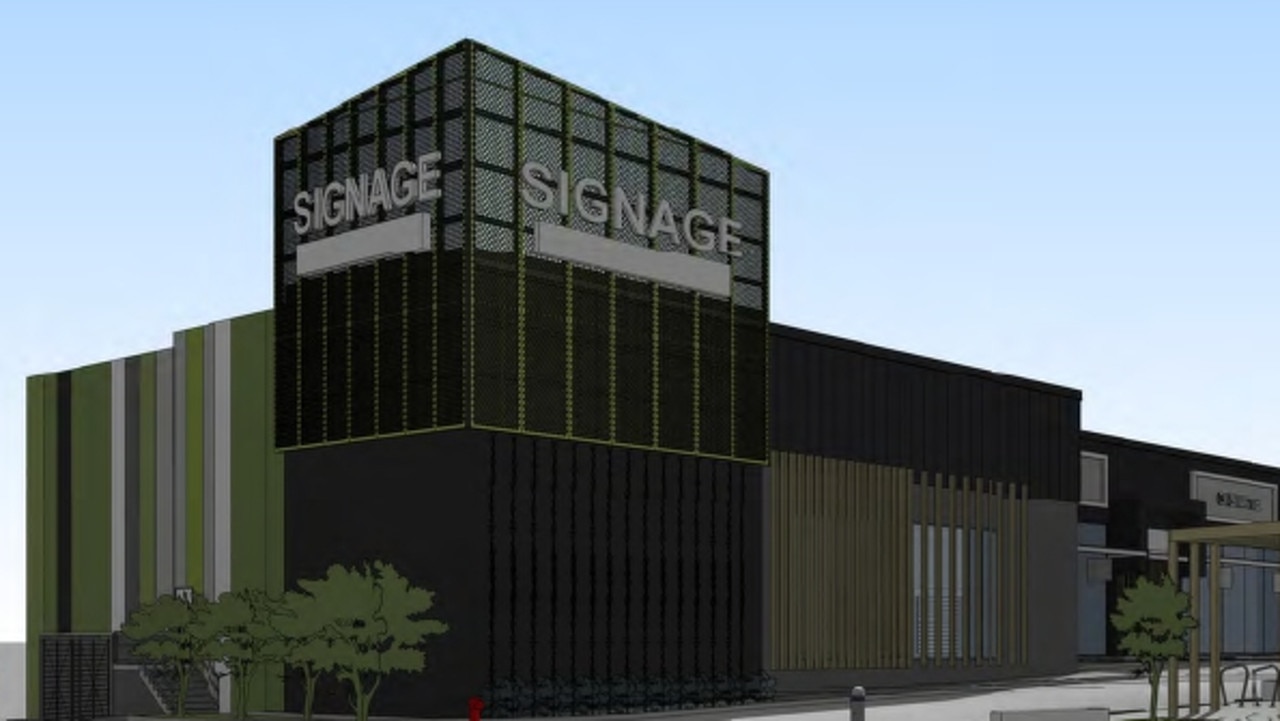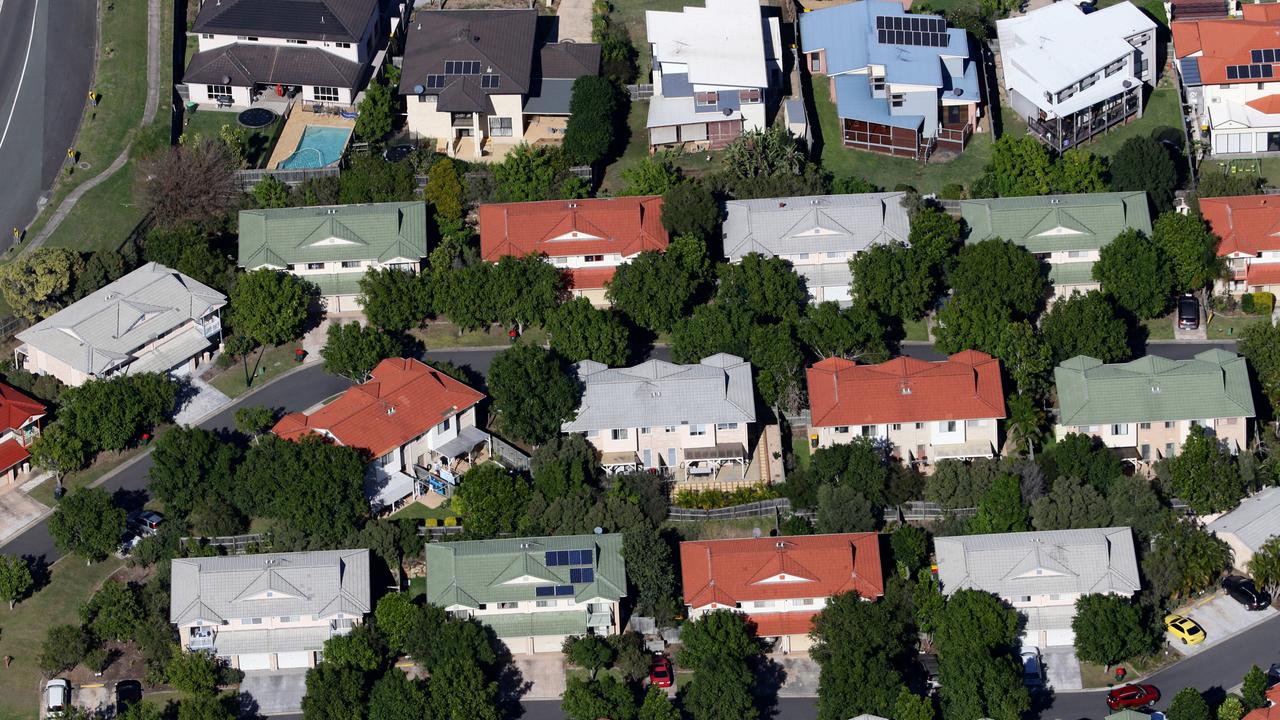What an interest rate rise means for every Melbourne suburb
Average Victorian households in a raft of suburbs will be pushed into mortgage stress if interest rates climb just 1 per cent. Search your suburb to see where your neighbourhood stands.
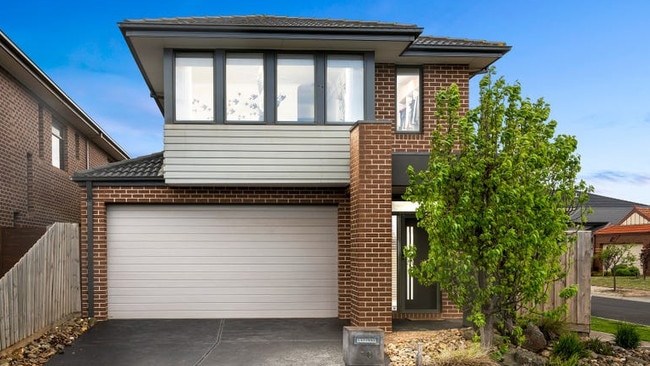
Property
Don't miss out on the headlines from Property. Followed categories will be added to My News.
Homeowners in hundreds of Victorian postcodes could struggle to pay their mortgage when interest rates climb, with some stretched to the limit due to the pandemic price boom.
New data from REA Group’s data business, PropTrack, shows a rate rise of just 1 per cent would force a typical mortgage holder in 235 suburbs to use more than 30 per cent of their total income on repayments.
This is the level generally considered the benchmark for mortgage stress.
Low interest rates have encouraged some people to take out bigger home loans.
Some homeowners would have to divert more than 60 per cent of their income to paying back the bank.
And the Reserve Bank of Australia has signalled the first rise in official interest rates in 11 years could be just around the corner.
PropTrack economist Paul Ryan said while banks took a rate rise of up to 3 per cent into account when assessing new loans, a jump of 4 per cent or more would push some borrowers into dangerous financial territory.

Those currently paying the maximum they could afford would feel the pinch the most, particularly if they had taken out larger loans to be competitive in the hot market.
“It’s going to crimp a lot of people at the margin,” Mr Ryan said.
“Borrowing amounts have gone up and people have been happy to take on higher debt levels while interest rate have been lower. That’s not an issue, assuming people can still afford repayments when interest rates go up.
“(But) homebuyers should not be looking just at what their current repayments are going to be. They should be looking at what their repayments might be if interest rates go up and whether that would leave them in a financially uncomfortable situation.”
The PropTrack research compared median house prices with average annual incomes against estimated mortgage repayments at current interest levels as well as at rate rises of up to 1 per cent.
It found St Andrews Beach homeowners were the most liable to experiencing mortgage stress.
Households there currently spend 58.4 per cent of their average $52,833 annual income on house repayments – or about $31,000. This was predicted to jump to 66.4 per cent, or about $35,000, if interest rates crept up.
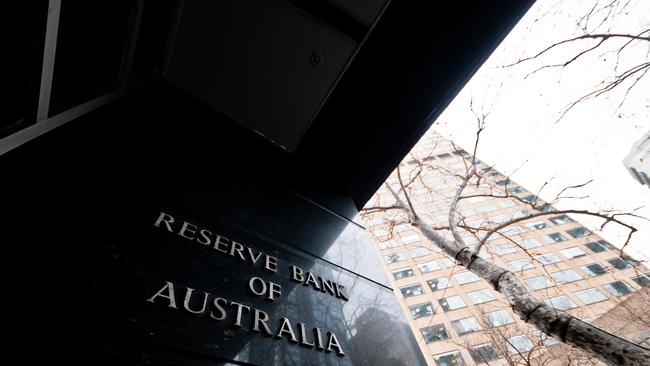
A typical mortgage holder in Parkville, Balwyn, Box Hill, Eaglemont and Clayton would also have to funnel more than 60 per cent of their income into their repayments in that scenario.
Diggers Rest and Melton households were deemed the safest metropolitan Melbourne suburbs least at risk of blowing their budgets when rates rise.
People there would spend about 17 per cent of their income on their home loan if rates hike up, equating to annual repayments of about $12,600 and $9500 respectively.
Regional homeowners in Warracknabeal and Ouyen were estimated to use the state’s lowest proportion of their average annual income on their mortgage.
They would fork out just 6.5 and 6.3 per cent of their earnings to pay their mortgagee, equating to comparatively small $3360 and $3112 hit to their back pocket.
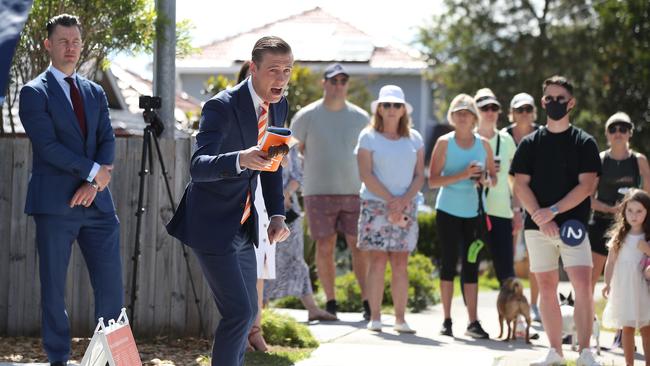
Buyer’s advocate Frank Valentic of Advantage Property Consulting said rock-bottom interest rates and sky-high house prices had tempted people to borrow more.
But he warned buyers must be careful not to overcommit or they could find themselves on struggle street.
“(The market is) moving so fast that people can’t save fast enough at the moment,” Mr Valentic said.
“My advice is to not mortgage yourself to the hilt because there will be an increase.
“The last thing you want to do is not be able to make your repayments and have to sell the property.”

Money Cat Finance mortgage broker Evan Davis said there were options for those worried about their capacity to make repayments if interest rates rose.
This included fixing in their current rate or splitting their loan balance so some of it was subject to a fixed rate and the rest variable.
But he said every indication showed rates would remain low for “some time to come”.
“Certainly borrowers that find themselves struggling, they’ve got many options. They can consider finance with a cheaper lender. They can also lock in now while fixed rates are very compelling.”
Sign up to the Herald Sun Weekly Real Estate Update. Click here to get the latest Victorian property market news delivered direct to your inbox.
MORE: Port Fairy’s first $5m-priced home has incredible beachfront position
East Melbourne: Queen Bess Row townhouse Creagh for sale
Coburg inner city oasis: sustainable house with no bills makes owners $300 a year
rebecca.dinuzzo@news.com.au
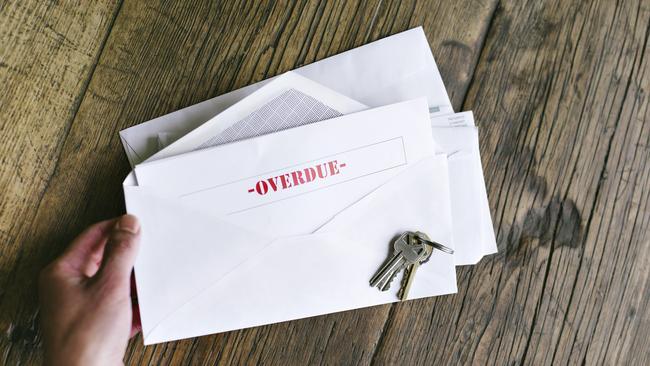
BUDGET CONSCIOUS
First-home buyer Mallory Anderson is sticking to her guns when it comes to setting a budget for her new home.
The 35-year-old Frankston resident has been searching for a two-bedroom unit since the start of the year but became frustrated due to the high prices.
Buyers with bigger budgets kept beating her to the punch, but she said potential interest rate rises made her wary of borrowing too much.
Her ability to service her loan on a single income was an important thing she said she felt she needed to consider, but she understood why some felt pressured to up their spend.
“It’s attractive with the low interest rates, but are they just going to go up?,” Prof Anderson said.
“What’s going to happen once all this blows over? It all just feels like a really daunting process.
“I recently had a girlfriend who had a budget but stretched it a bit so she could get the property because it’s so competitive. You are going against people with deeper pockets.”
RATE RISE TIPS:
– Shop around for cheaper rates offered by other lenders
– Consider a fixed-rate loan
– Think about whether a split variable and fixed rate loan would suit your needs
– Consider how a rate rise would affect your ability to make repayments before getting a loan
– Remember asset price growth may weaken if interest rates rise. This is because price growth is likely to slow if interest rates go up
Source: Money Cat Finance and PropTrack
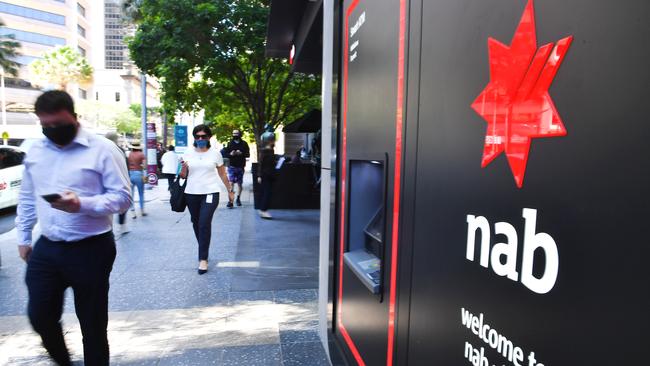
HIGH RISK OF MORTGAGE STRESS:
(Melbourne, houses)
Suburb, current repayments (% of annual income), repayment at 1% rise
St Andrews Beach 58.4% 66.4%
Parkville 56% 63.7%
Balwyn 55.6% 63.2%
Box Hill 54.4% 61.8%
Eaglemont 54.3% 61.8%
LOW RISK OF MORTGAGE STRESS:
(Melbourne, houses)
Suburb, current repayments (% of annual income), repayment at 1% rise
Diggers Rest 14.9% 17%
Melton 15.4% 17.5%
Kurunjang 16.5% 18.7%
Maddingley 16.7% 19%
Werribee 16.9% 19.3%
HIGH RISK OF MORTGAGE STRESS:
(Victoria, houses)
Suburb, current repayments (% of annual income), repayment at 1% rise
Lorne 54.1% 61.5%
Anglesea 43.1% 49%
Queenscliff 39.6% 45%
Lake Wendouree 37.4% 42.5%
Barwon Heads 35.7% 40.5%
LOW RISK OF MORTGAGE STRESS:
(Victoria, houses)
Suburb, current repayments (% of annual income), repayment at 1% rise
Warracknabeal 5.5% 6.3%
Ouyen 5.7% 6.5%
Nhill 5.8% 6.6%
Dimboola 6.5% 7.4%
Edenhope 6.6% 7.5%
Source: PropTrack
Originally published as What an interest rate rise means for every Melbourne suburb

